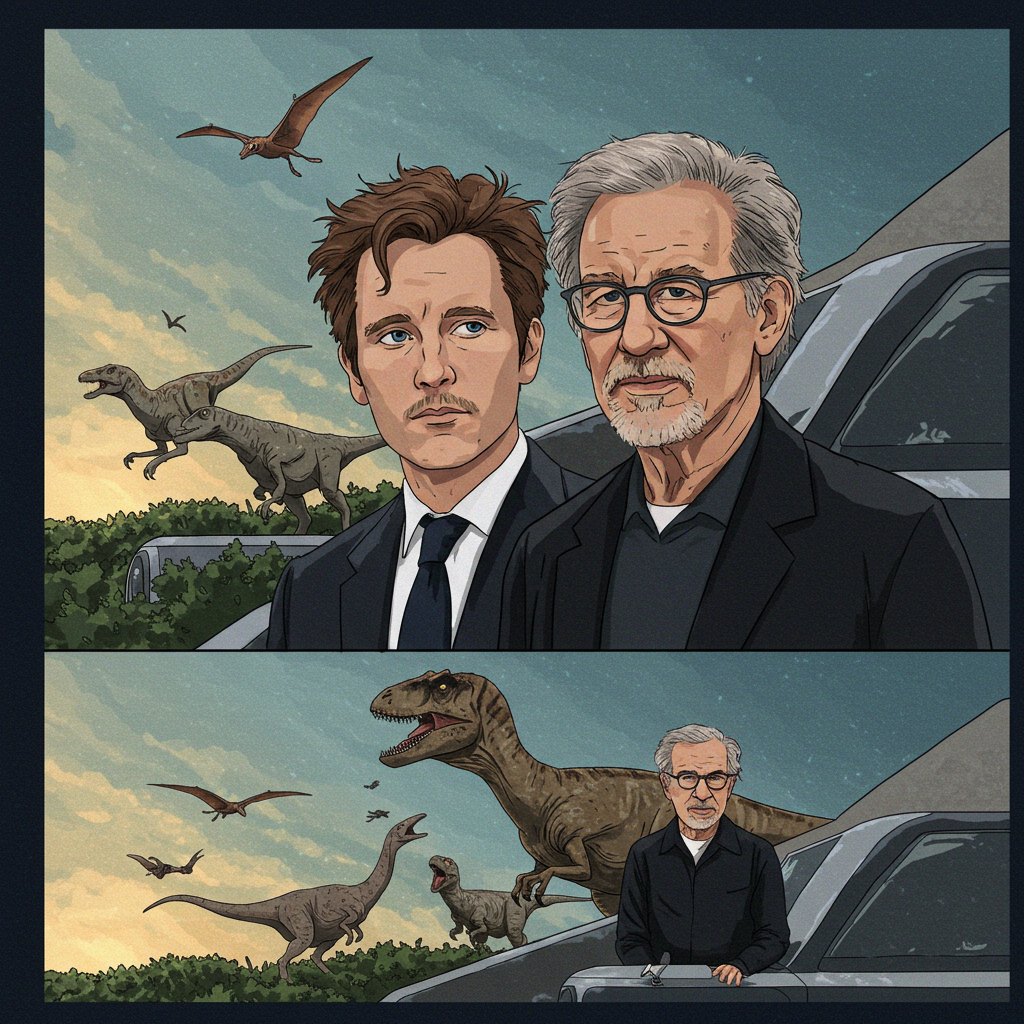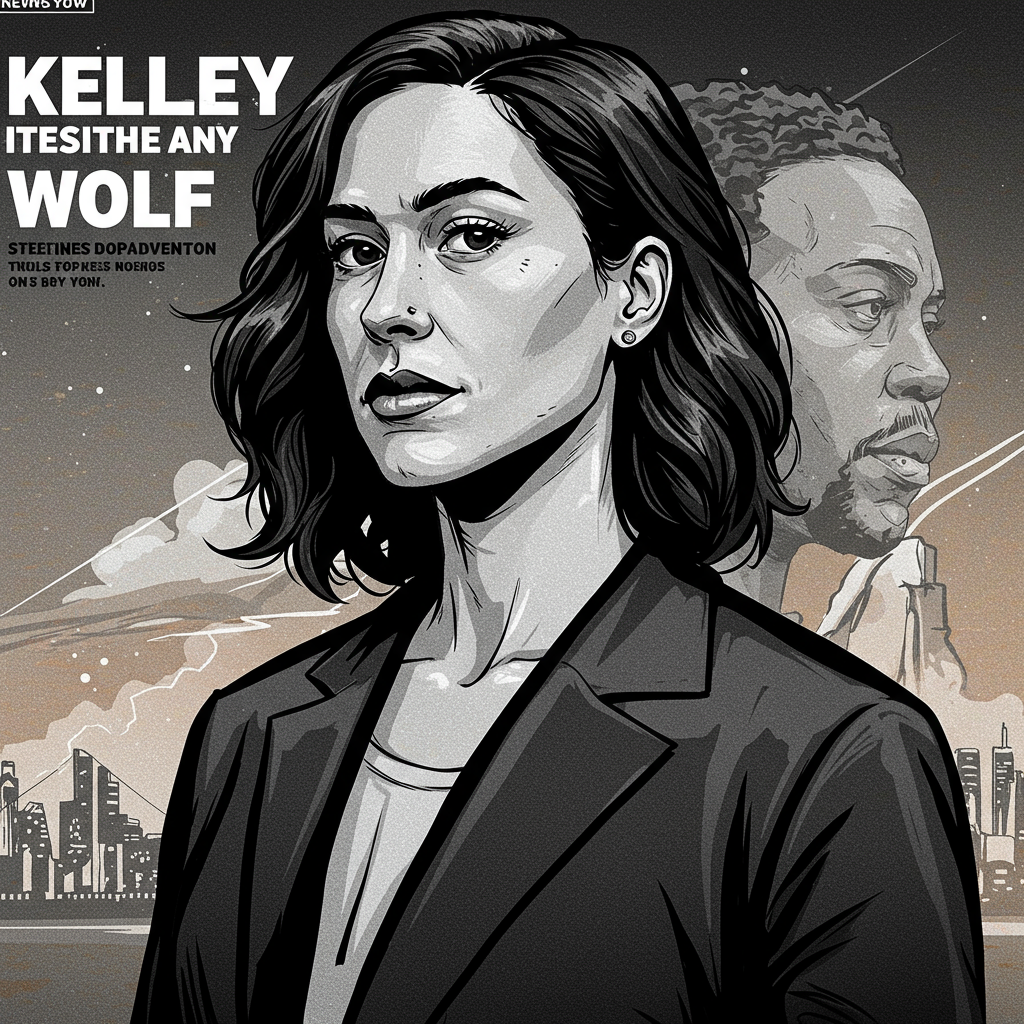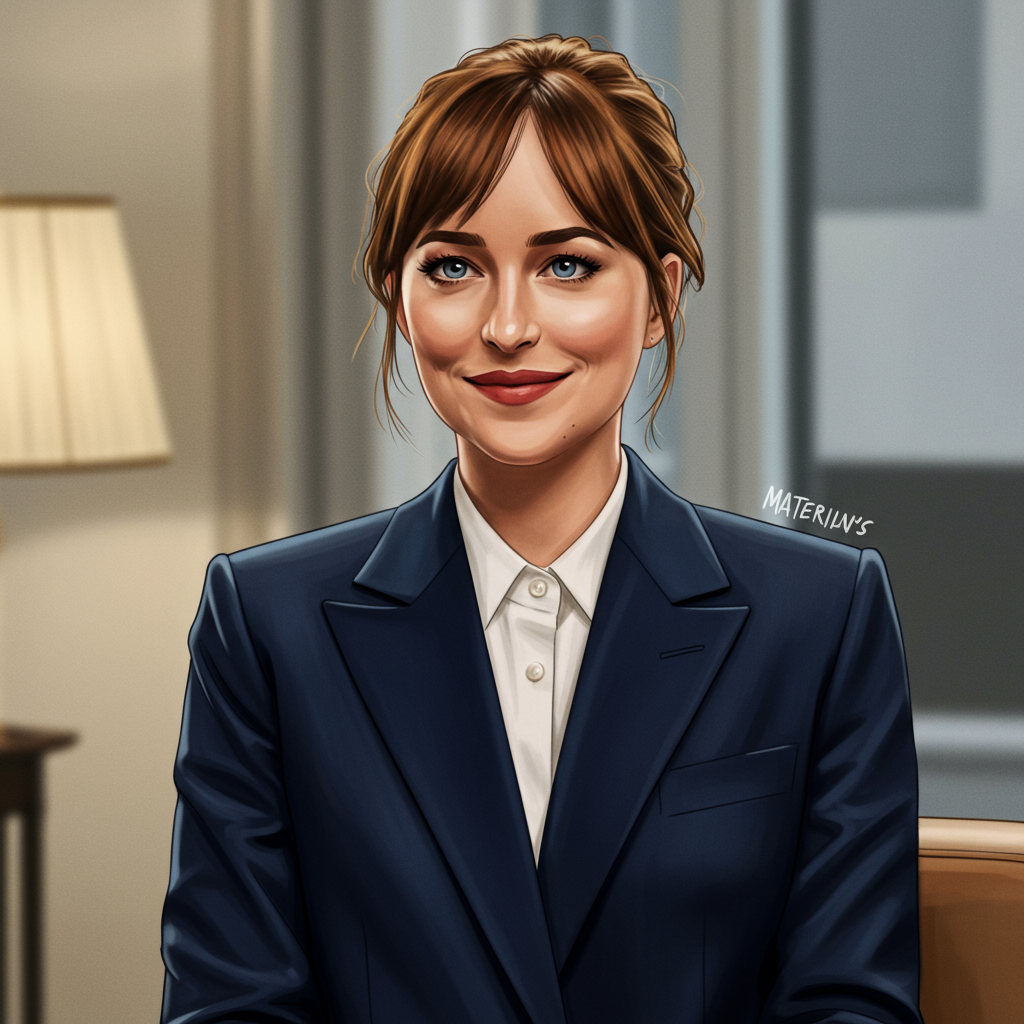Get ready to return to a world where dinosaurs roam! jurassic World Rebirth, the latest standalone chapter in the iconic franchise, is set to thrill audiences. While it charts new territory with a fresh story and characters, director Gareth Edwards’ film deliberately weaves in numerous subtle and overt homages to Steven Spielberg’s 1993 masterpiece, Jurassic Park. these nods aim to evoke nostalgia and connect the new adventure to its groundbreaking predecessor.
However, the decision to heavily reference the original wasn’t without discussion behind the scenes. Screenwriter David Koepp, who co-wrote the original Jurassic Park, reportedly aimed to minimize direct callouts. Producers like Frank Marshall and even Spielberg himself advised Edwards to forge his own path. Yet, Edwards, approaching the film as a passionate fan, found incorporating these tributes irresistible, believing they enhance the experience for fellow enthusiasts. The result is a film “littered” with these visual and thematic echoes.
Exploring Rebirth’s Plot and Core Premise
Jurassic World Rebirth centers on a perilous expedition launched by a pharmaceutical company. Their goal is to acquire live DNA samples from the three largest dinosaur species on an isolated, illegal island near the equator. This specific location is notorious as the site where InGen conducted its risky early genetic experiments. The company seeks this ancient DNA to develop a revolutionary drug intended to cure heart disease.
Given the mission’s clandestine nature, a covert team is assembled. This group includes pharma representative Martin Krebs, played by Rupert Friend, and a skilled covert operations specialist named Zora Bennett, portrayed by Scarlett Johansson. Joining them is paleontologist Henry Loomis, played by Jonathan Bailey. Their already dangerous journey becomes significantly more complicated when they rescue the Delgado family, civilians whose sailboat was capsized by a massive Mosasaurus. This sudden addition of new characters heightens the tension and stakes on the perilous island.
Key Callbacks to the Original Jurassic Park
Director Gareth Edwards confirmed that Rebirth includes multiple specific references designed to resonate with fans of the original film. These moments revisit iconic scenes and character dynamics from Jurassic Park.
The Opening Incident Echo
The new film kicks off with a prologue sequence set 17 years before the main events. This introduction directly mirrors the intense opening of Jurassic Park. In the 1993 film, a routine transfer of a Velociraptor goes terribly wrong, resulting in the death of an enclosure worker. Rebirth‘s version sees a careless mistake – a discarded candy wrapper jamming a gate – lead to a devastating incident. This error allows a mutant Distortus Rex, referred to as the D-Rex, to escape an InGen research facility, causing chaos and violence within the lab. Both scenes immediately establish the inherent danger posed by these genetically engineered creatures.
A Terrifying Tyrannosaurus Close Call
One of the most unforgettable moments in Jurassic Park is the terrifying encounter with the Tyrannosaurus Rex, where it attacks the park jeeps. Rebirth includes a scene designed to evoke this visceral fear. Instead of jeeps, the desperate Delgado family finds themselves pursued by a T-Rex while attempting to escape down a river on an inflatable raft. The encounter culminates in the raft being flipped by the massive predator. Both this scene and the original T-Rex attack powerfully depict the sheer terror experienced by characters, particularly highlighting the trauma endured by young children present during the attacks.
Moments of Genuine Dinosaur Awe
Jurassic Park captivated audiences with its moments of pure wonder, most notably the first time Alan Grant and Ellie Sattler witness a live Brachiosaurus, accompanied by John Williams’ majestic score. Rebirth attempts to recapture this sense of awe. The film features a scene where the resident paleontologist, Henry Loomis, experiences his own moment of profound wonder upon seeing the island’s massive hybrid herbivores, the Titanosauruses. This scene is crafted to be deliberately nostalgic, aiming for the same emotional impact generated by Spielberg’s original reveal of living dinosaurs.
Echoes of Professional Chemistry
A central dynamic in Jurassic Park was the professional relationship and undeniable chemistry between paleontologist Alan Grant and paleobotanist Ellie Sattler. Jurassic World Rebirth presents a similar dynamic between its lead professional duo: covert ops specialist Zora Bennett and paleontologist Henry Loomis. The article notes that both pairs function effectively as a team with clear chemistry, but their relationship is intentionally portrayed as never crossing into explicit romance. This mirrors Steven Spielberg’s decision to remove a scene from the original film that showed a romantic moment between Grant and Sattler, emphasizing their professional bond.
Trapped by Clever Hunters
The tense sequence in Jurassic Park where the protagonists are hunted and trapped by Velociraptors in the visitor center kitchen and air ducts is echoed in Rebirth. In the new film, this suspenseful role is filled by a pack of Mutadons, which are described as a hybrid blend of Pteranodons and Velociraptors. These creatures trap the characters in an abandoned convenience store. The scene includes the Mutadons pursuing characters through an underground tunnel system, directly paralleling the raptors’ pursuit through the visitor center’s air ducts in the 1993 movie.
The Classic Flare Diversion
A specific tactical maneuver used to distract a large, aggressive carnivore makes a reappearance in Rebirth. In Jurassic Park, Ian Malcolm famously uses a flare to draw the T-Rex away from attacking the children in the jeep. Rebirth features a character named Duncan employing this exact same tactic. He uses a flare to distract the powerful D-Rex, creating a crucial window of opportunity for the crew to escape the island. While the article notes this specific callback feels a bit “on the nose,” it acknowledges the limited yet effective methods for diverting such a formidable threat.
Beyond Direct Nods: The Mutant Dilemma
Beyond the explicit scene recreations, Jurassic World Rebirth also engages with broader themes, including the franchise’s ongoing struggle to maintain audience interest. Producer Frank Marshall suggested the film operates from the premise that in this world, dinosaurs have become “passé” and people are simply “tired of them,” viewing them as an “inconvenience.” This echoes a similar idea from the 2015 Jurassic World, where regular dinosaurs no longer generated wonder.
The proposed solution in Rebirth involves focusing on mutant and hybrid dinosaurs, like the D-Rex and Mutadons, described as experiments that “didn’t work” and were kept hidden. While Marshall says these creatures have “some mutations” and are “a little different” based on real research, critics argue this focus on hybrids is a repeated mistake for the franchise. Previous attempts, such as the Indominus rex, Fallen Kingdom‘s human cloning link, and Dominion‘s giant locusts, have been seen as prioritizing monster movie tropes over the genuine awe that defined the original. The author of one summary contends that Jurassic Park‘s success came from Spielberg’s authentic love for dinosaurs, portraying them as “amazing and powerful and gentle and beautiful,” not just as creatures of horror. The creative tension around including callbacks seems intertwined with this larger debate about whether Rebirth can recapture the original film’s sense of wonder alongside its suspense.
Why These Callbacks Resonate
The deliberate inclusion of these callbacks serves multiple purposes. For fans, they are enjoyable Easter eggs that provide a direct link to the film that started it all. Thematic parallels, like the professional chemistry between leads, reinforce the established character archetypes the franchise is known for. Recreating iconic suspense sequences, like the T-Rex or predator traps, allows Rebirth to pay homage while potentially putting a new spin on familiar fears. Ultimately, these references are a way for the filmmakers to honor the legacy of Jurassic Park and hopefully engage a new generation of viewers while satisfying long-time fans’ desire for continuity and nostalgia.
Frequently Asked Questions
What specific scenes in Jurassic Park does Rebirth reference?
Jurassic World Rebirth includes direct references to several key moments from the original 1993 film. These include mirroring the chaotic opening incident involving a dangerous dinosaur escape, staging a terrifying T-Rex close call similar to the original jeep attack, recreating a moment of dinosaur awe upon first seeing the creatures, presenting a professional duo dynamic reminiscent of Grant and Sattler, featuring a scene where characters are trapped by clever hunters (Mutadons) much like the raptor kitchen scene, and utilizing the classic flare diversion tactic to distract a large carnivore.
Why did the filmmakers include so many nods to the original movie?
Director Gareth Edwards, a self-professed fan of the original Jurassic Park, embraced the inclusion of callbacks and Easter eggs as a way to pay tribute to the film he admires. While key figures like producer Frank Marshall and screenwriter David Koepp reportedly preferred minimizing such references to help Rebirth stand alone, Edwards felt these homages would resonate positively with the franchise’s fanbase and enhance the connection between the new film and its legacy. It reflects a balance between creating something new and honoring the past.
How does Jurassic World Rebirth’s approach to dinosaurs compare to the original Jurassic Park?
Some commentary suggests Rebirth continues the trend of later sequels by focusing on mutant or hybrid dinosaurs like the D-Rex and Mutadons, partly stemming from a perceived idea that audiences are “tired” of regular dinosaurs. Critics argue this prioritizes horror or novelty over the sense of genuine awe and wonder that Jurassic Park instilled. The original film is praised for portraying dinosaurs not just as monsters, but as magnificent creatures capable of inspiring both fear and amazement, a quality some feel later films, with their focus on engineered hybrids, have struggled to recapture.
Conclusion
Jurassic World Rebirth is clearly positioned as a film deeply connected to its roots, using specific callbacks and thematic echoes to link its new story to the enduring legacy of Jurassic Park. From recreating iconic suspense sequences to mirroring character dynamics, these deliberate nods provide familiar touchstones for long-time fans. While the creative team navigated differing perspectives on the extent of these homages, the film promises a blend of new threats, like the mutant D-Rex and Mutadons, alongside moments designed to remind viewers why they fell in love with dinosaurs on Isla Nublar over three decades ago. Whether this balance successfully recaptures the magic of the original remains to be seen, but the intentional inclusion of these “park callbacks” is undeniable.



